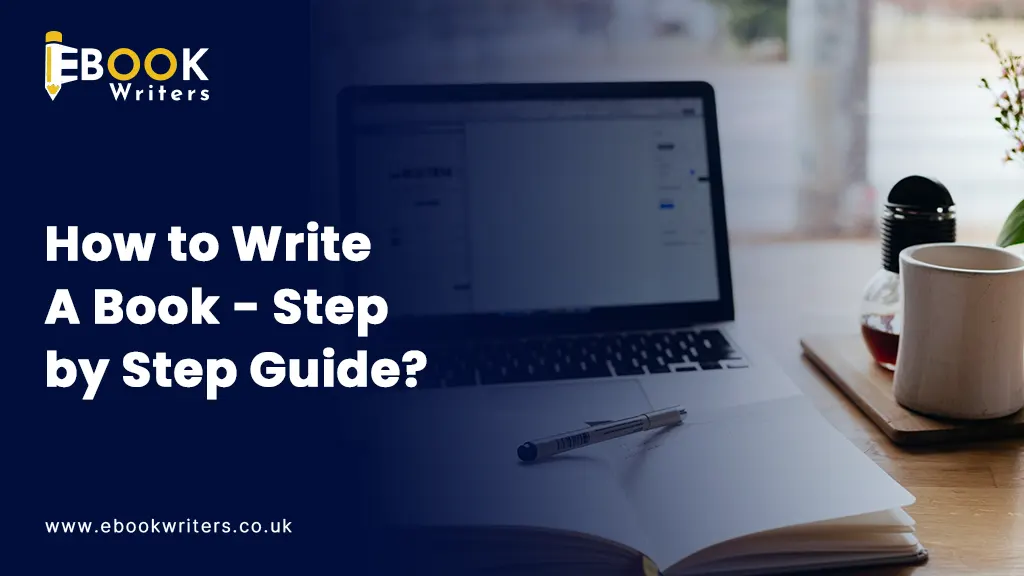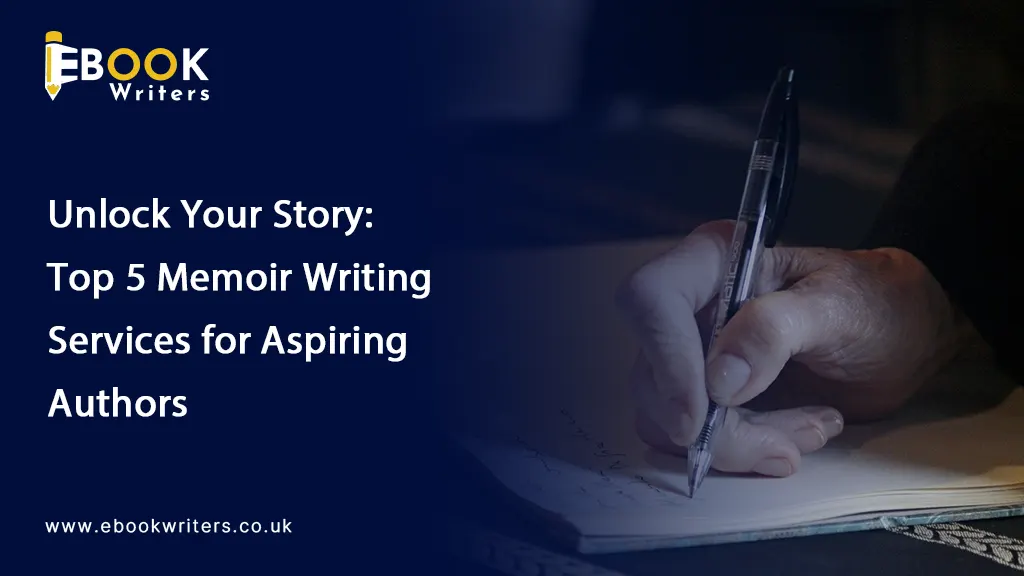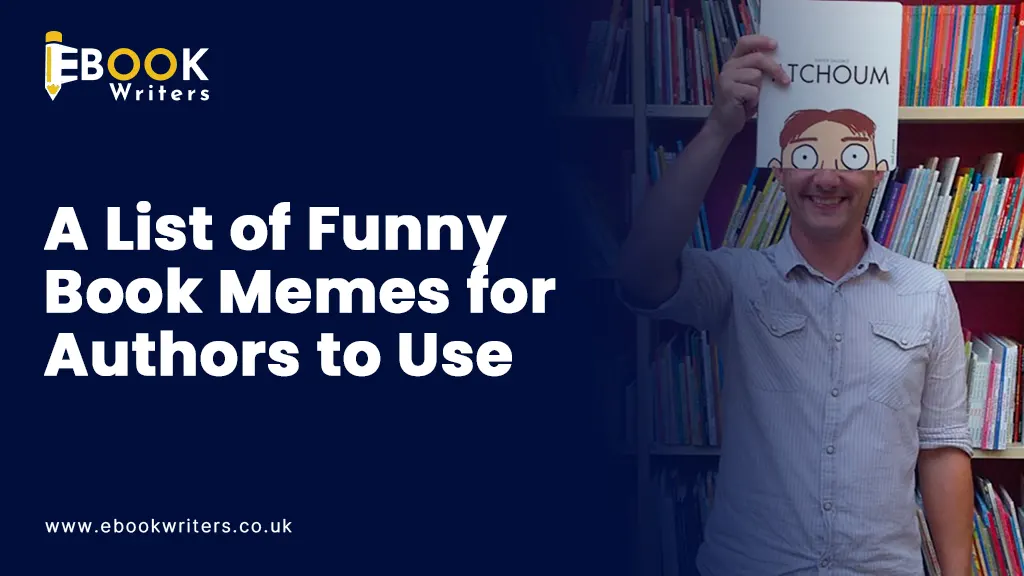So, you are ready to write your first ever book? Marvellous!
Welcome to the club of coffee-fueled, sleep-deprived dreamers with too many Google Docs and not nearly enough self-control around snacks.
Writing a book is one of the thrilling, frustrating, soul-stretching things you will ever do, coming from someone with experience in this.
I wrote my first book with nothing but a vague idea, a stubborn attitude, and a playlist that could make or break my writing mood. The first few days were spent scratching my head and overthinking that it was probably a bad idea.
Remember, this isn’t some robotic “10 steps to become a bestselling novelist” guide. This is a real talk from someone who’s been there: the writer’s block, the what was I even thinking moments, the blank page, random crying and the bliss of finally typing the final chapter.
In this blog, I will walk you through the steps for writing a book, offering solid advice that is also humorous and realistic.
Step 1: Get the Idea (Obsess Over it)
Every book begins with a spark. Whether it’s been a main character you are obsessing over, wish a specific story existed or are curious to explore new questions.
My first thought came at 3 a.m. while scrolling through Instagram (I know, not an ideal way). I saw a post about a book and wished it were the opposite. That was the beginning of the months-long obsession.
Furthermore, if a sudden idea sparks in your mind, quickly jot it down, or else it might fly over your head. Also, carry it everywhere with you. This way, if something adds up to the imagination, you can keep adding it.
Do you know how I knew the idea was worth it? I talked to myself about it like I was in a podcast. Remember, if it keeps you curious, it is worth it.
Step 2: Build A Skeleton (Don't Ruin the Fun)
Jeez, don’t get worried! What I mean is to create an outline. Honestly, I am not a hardcore plotter. However, I believe in planning so that your mind doesn’t wander around seamlessly. Here is what I did:
- Create a one-page outline with introduction, middle and end in mind.
- Furthermore, I jotted down 10 to 15 ideas related to the scenes
- I even wrote down the characters I wanted to be villainous or heroic. (Character development was something I had fun doing.)
- Moreover, I even thought about three to four ways to end my book.
- Also, I left some space for the spontaneous ideas for my sanity.
Trust me!
Following these tips will have a skeleton ready in no time. If you’re confused about your outlines, consider connecting with the Book Writing Company. They were my go-to pals when I needed some guidance through the steps.
Step 3: Make A Writing Schedule ( And Break It Often)
You are wrong if you think you can complete your book without a proper writing schedule. I tried once and failed miserably. I barely passed through the first chapter in a month.
So take your time and determine how often you’ll write.
Daily? Weekends? Or two days in a week? Just remember that you’ll miss days. And it is entirely okay. Life happens. So don’t obsess over the writing schedule.
I wrote mostly at night, fueled by energy drinks and coffees (I don’t recommend anyone do this), headphones popped in, and a playlist that ended with epic piano tones. I missed some days. However, the best thing was that I kept on coming.
A Pro Tip: I suggest using Notion or Google Docs for planning—just don’t spend weeks organising it. It is procrastination disguised as productivity.
Step 4: Write The Ugly First Draft
First drafts are always ugly. This was the chaotic, magical and emotional stage of book writing.
Be ready for the few messy weeks in your life. However, completing it is okay, because you are not writing a book; instead, you are telling yourself a story.
My first draft was 70,000 words filled with grammatical horrors, characters who randomly change hair colour, and plot holes. But guess what?
I finished it - And that’s what matters the most.
Also, I advise you not to edit as you go. Seriously, shut your inner critic up. Focus on getting words on paper—one awkward sentence at a time.
Step 5: Take A Break
One of the most favourite steps of writing a book. Once you have written the first draft, take a break. Seriously, A REAL ONE - where you let your draft sit for at least two weeks while you enjoy your life to the fullest.
I avoid my manuscript like it was a person I owed money to - then returned with a red pen and fresh perspective.
I suggest you print it out or read it in a different format, as this can help you spot the errors perfectly.
Step 6: Edit Like A Ruthless Surgeon
Here is where the real FUN begins. Now it's time to eliminate all the stuff that makes you cringe. It will hurt, and you will have difficulty letting the plot go. Moreover, look for the characters, structure, pace, and
However, think of the final product. I deleted 12,000 words—it was like leaving a small town behind—but it made the story engaging, tighter, and easier to read.
Use tools like Grammarly, ProWriting Aid, and Hemingway to edit your book. Let me tell you a secret. (Hire ebook writers in UK for a smoother process. Additionally, it will save you time. This is what I did.)
Step 7: Get Feedback (And Cry A Little)
It is time for you to get feedback on your book. You need to find 3 to 4 beta readers who can be brutally honest with you. P.S. Don’t include your Mom until she can give you feedback.
Beta testing will help you know what works best and what you need.
For example, one of my Beta readers told me how my main character lacked fire and was more of a doormat. This helped me transform her into a bold, strong character.
Here are some questions you should ask while getting the feedback:
- Was the ending justified or fun?
- Would you want to be friends with the character?
- Would you want to reread the book?
- Did any parts drag out?
Step 8: Polish Your Book
Edited ruthlessly? Got your feedback?
Good! Now it is time for you to polish your book. Fix typos, inconsistencies, and jargon. Read one last time to ensure that it is clear and consistent throughout.
It worked because I thought I had corrected everything until I realised I was spelling one character’s name differently every time. Oops
Moreover, ensure that your book is spotless.
Step 9: Choose Your Path - Self-Publish or Traditional
What? You thought you were done?
Well, the book might have been completed, but you still need to think about how to publish it. Should you use the traditional route or go for self-publishing?
Here is what I have learnt from my experience:
- Traditional Publishing - You need a query letter, agents will ghost you, and rejection will come. But in the end, it is worth it.
- Self-Publish - While you are the boss, you might need to hire editors, market yourself and get a cover designer.
I chose the self-publishing route. While it wasn’t easy, it taught me a thing or two from formatting to pricing.
Step 10: Celebrate Your Win
Yay! You finally did it. It doesn’t matter whether a single person reads it or millions purchase your copy. You created something of your own - that’s the magic.
Finishing my book was something I never expected. However, now I was more than just a wannabe writer - instead, I became an author.
Always remember, once you have finally written your first book, working on the second won’t be that hard.
Wrapping Up!
Writing a book is like falling in love and experiencing heartbreak—sometimes in the same chapter. However, it is also an exciting endeavour. The feeling itself is magical and maddening. But in the end it is worth.
So if you have been sitting on a fantastic book idea, I think it is finally time to bring it to life. Start badly, write messily, keep going, and someday you will be able to look back and think:
I Finally Did It.
Because you can and you will!











